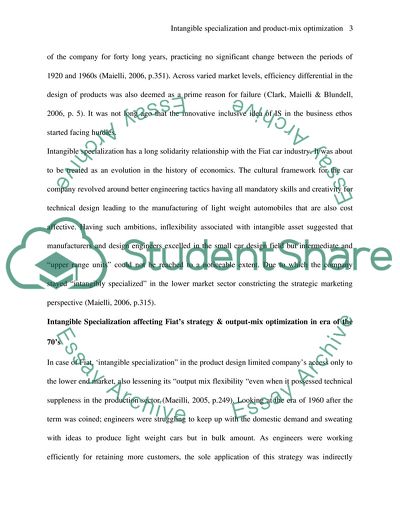Cite this document
(Intangible Specialization and Product-Mix Optimization Term Paper, n.d.)
Intangible Specialization and Product-Mix Optimization Term Paper. Retrieved from https://studentshare.org/finance-accounting/1747511-intangible-specialisation-and-product-mix-optimisation
Intangible Specialization and Product-Mix Optimization Term Paper. Retrieved from https://studentshare.org/finance-accounting/1747511-intangible-specialisation-and-product-mix-optimisation
(Intangible Specialization and Product-Mix Optimization Term Paper)
Intangible Specialization and Product-Mix Optimization Term Paper. https://studentshare.org/finance-accounting/1747511-intangible-specialisation-and-product-mix-optimisation.
Intangible Specialization and Product-Mix Optimization Term Paper. https://studentshare.org/finance-accounting/1747511-intangible-specialisation-and-product-mix-optimisation.
“Intangible Specialization and Product-Mix Optimization Term Paper”. https://studentshare.org/finance-accounting/1747511-intangible-specialisation-and-product-mix-optimisation.


